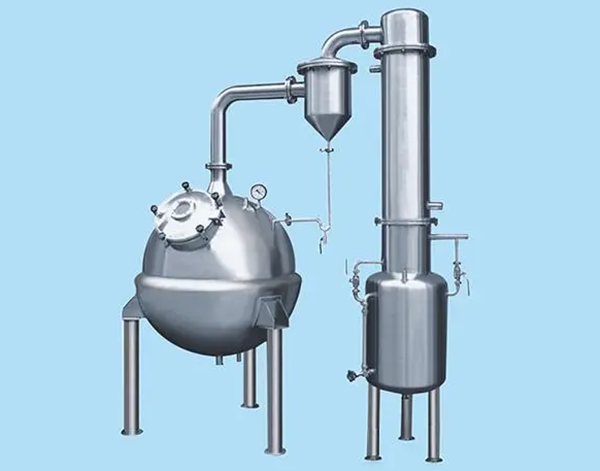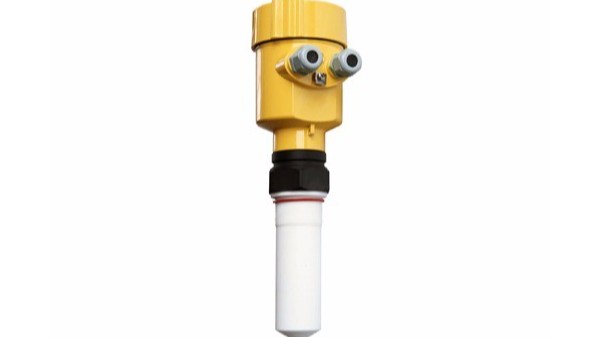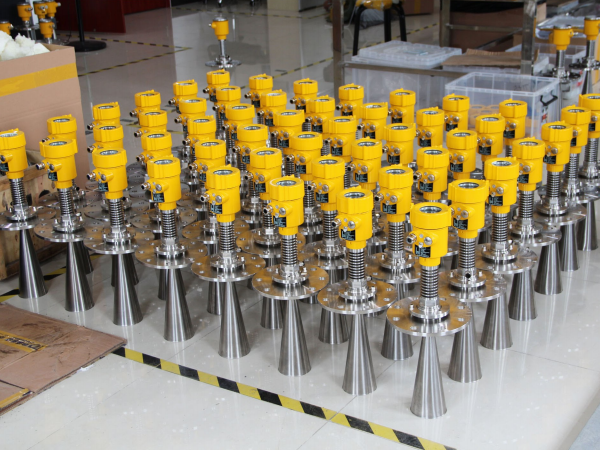Industries such as chemical, pharmaceutical and food processing have very strict requirements on measurement technology. As a common process equipment, spherical concentrators pose many challenges in level measurement.
Traditional measurement methods are often limited by the geometry of the equipment and the characteristics of the material, and the application of radar level meters provides an effective solution to this problem.

Radar level meters measure material levels by emitting microwave signals and receiving their reflected waves. The radar sensor in the meter emits microwave pulses to the surface of the material, and the reflected waves are captured by the receiver and converted into material level information.
Due to the use of non-contact measurement, radar level meters are suitable for various complex and harsh working conditions, especially under conditions of high temperature, high pressure, corrosive media, etc., they show excellent performance.

The special shape and working mode of the spherical concentrator bring many difficulties to the level measurement. First, the curved surface of the spherical structure causes multiple paths of microwave signal reflection, which may interfere with the measurement accuracy. Secondly, factors such as the viscosity, temperature, and steam of the material in the concentrator will also affect the propagation and reflection of microwaves.
Therefore, selecting and installing a radar level meter suitable for such equipment is the key to achieving accurate measurement. For spherical concentrators, it is beneficial to select a radar level meter with a high frequency band such as 26GHz or higher, because high-frequency microwaves can be better focused and reduce multipath interference caused by the curved surface.
At the same time, selecting an instrument with advanced echo processing algorithms can improve the accuracy of measurement. When installing, the location selection of the radar level meter is crucial.
It is usually recommended to install the instrument at the top center of the concentrator, which can minimize the signal attenuation caused by the curved surface and ensure that the microwave signal is perpendicular to the material surface to obtain the best reflection effect.
In addition, considering the steam and condensation that may be generated in the concentrator, it is also necessary to select a radar level meter with steam compensation function.

In a spherical concentrator of a chemical plant, in order to solve the problem of inaccurate level measurement, technicians selected a 26GHz high-frequency radar level meter with powerful signal processing and steam compensation capabilities.
After careful installation and debugging, this radar level meter successfully adapted to the complex environment inside the spherical concentrator, significantly improving the measurement accuracy and stability of the level.
With the continuous advancement of technology, radar level meters have shown unique advantages in the level measurement of special equipment such as spherical concentrators. Correct selection, scientific installation and meticulous debugging are important links to ensure measurement accuracy.
Through continuous technical optimization and application practice, radar level meters will undoubtedly play a more important role in the future industrial automation and process control fields.
